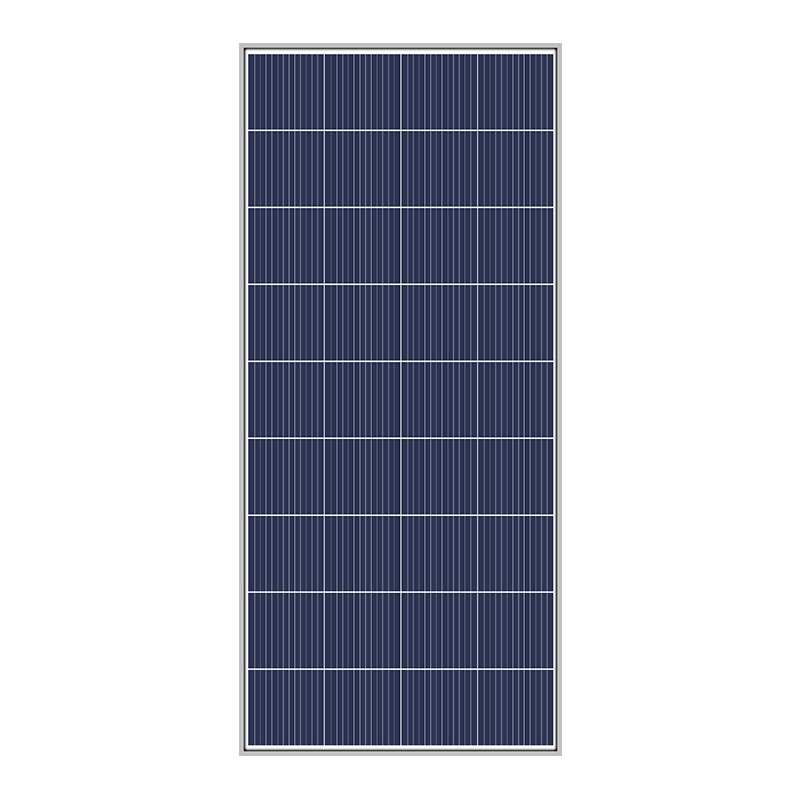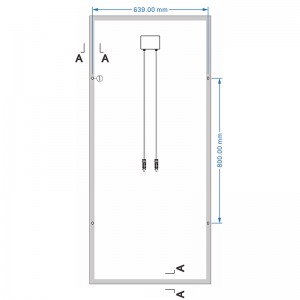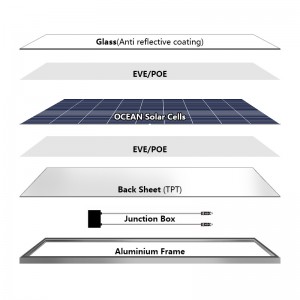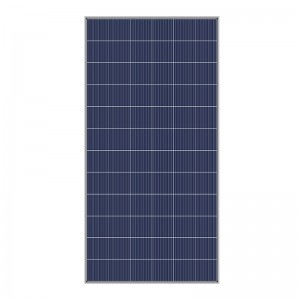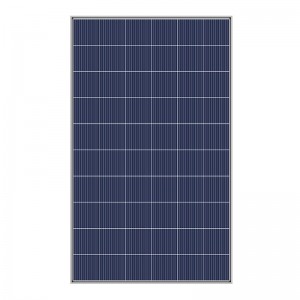POLY, 36 full cells 150W-170W solar module
High Power Generation/High Efficiency
Enhanced Reliability
Lower LID / LETID
High Compatibility
Optimized Temperature Coefficient
Lower Operating Temperature
Optimized Degradation
Outstanding Low Light Performance
Exceptional PID Resistance
| Cell | Poly 157*157mm |
| No. of cells | 36(4×9) |
| Rated Maximum Power(Pmax) | 150W-170W |
| Maximum Efficiency | 15.1-17.1% |
| Junction Box | IP68,3 diodes |
| Maximum System Voltage | 1000V/1500V DC |
| Operating Temperature | -40℃~+85℃ |
| Connectors | MC4 |
| Dimension | 1480*670*35mm |
| No.of one 20GP container | 560PCS |
| No.of one 40HQ container | 1488PCS |
12-year warranty for materials and processing;
30-year warranty for extra linear power output.

* Advanced automated production lines and first-class brand raw material suppliers ensure that solar panels are more reliable.
* All series of solar panels have passed TUV, CE, CQC, ISO,UNI9177- Fire Class 1 quality certification.
* Advanced Half-cells, MBB and PERC solar cell technology, higher solar panel efficiency and economic benefits.
* Grade A quality, more favorable price, 30 years longer service life.
Widely used in residential PV system, commercial & industrial PV system, utility-scale PV system, solar energy storage system, solar water pump, home solar system, solar monitoring, solar street lights, etc.
The 36 Full Cell 150W-170W Solar Module is a special type of solar panel that contains 36 individual solar cells, each capable of producing 150W to 170W of power. This type of solar module is typically used in smaller solar installations, such as homes or small commercial properties, where space may be limited but power output is still required. The total power output of such solar modules is typically between 5.4kW and 6.12kW, depending on the wattage of the individual cells.
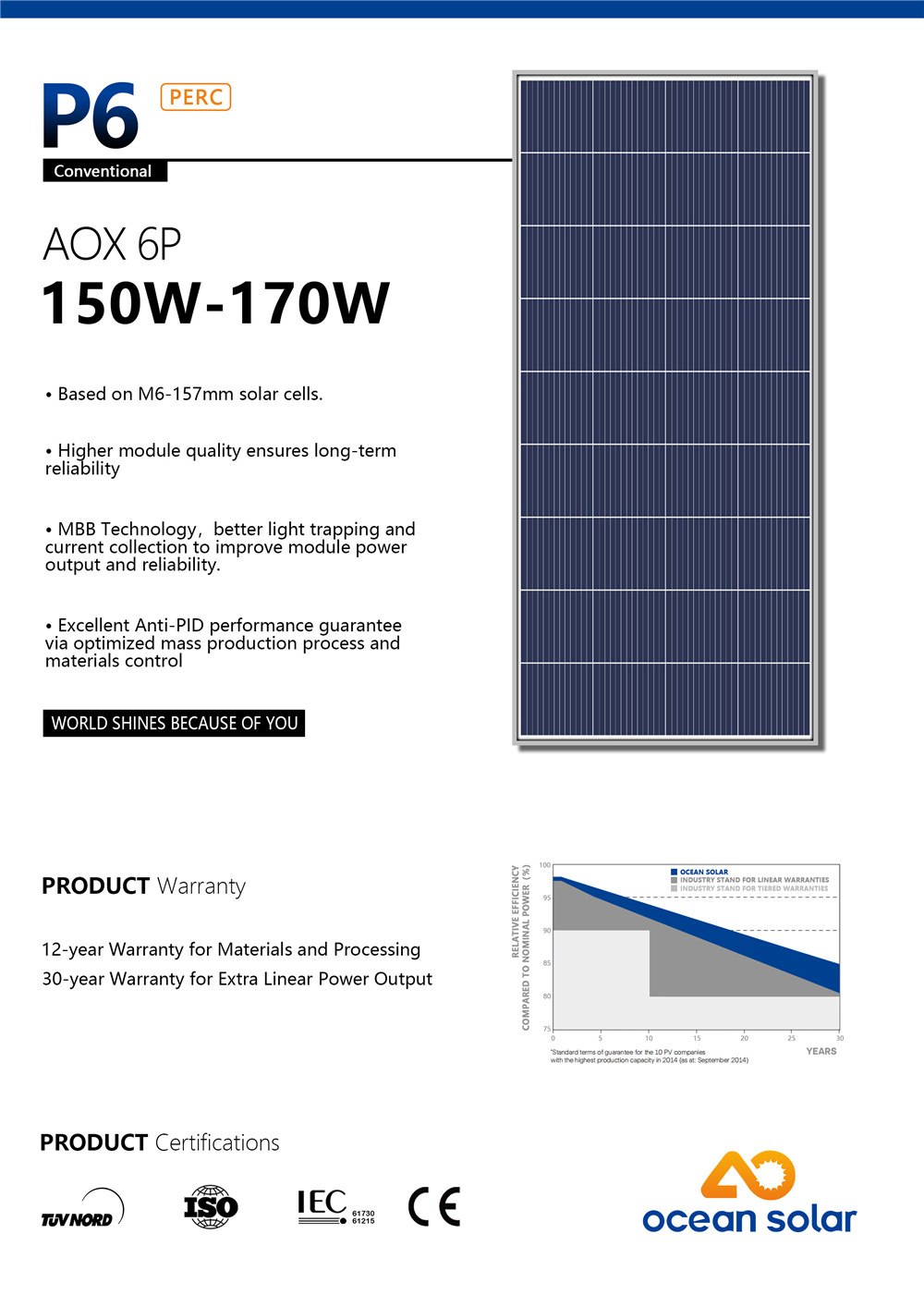
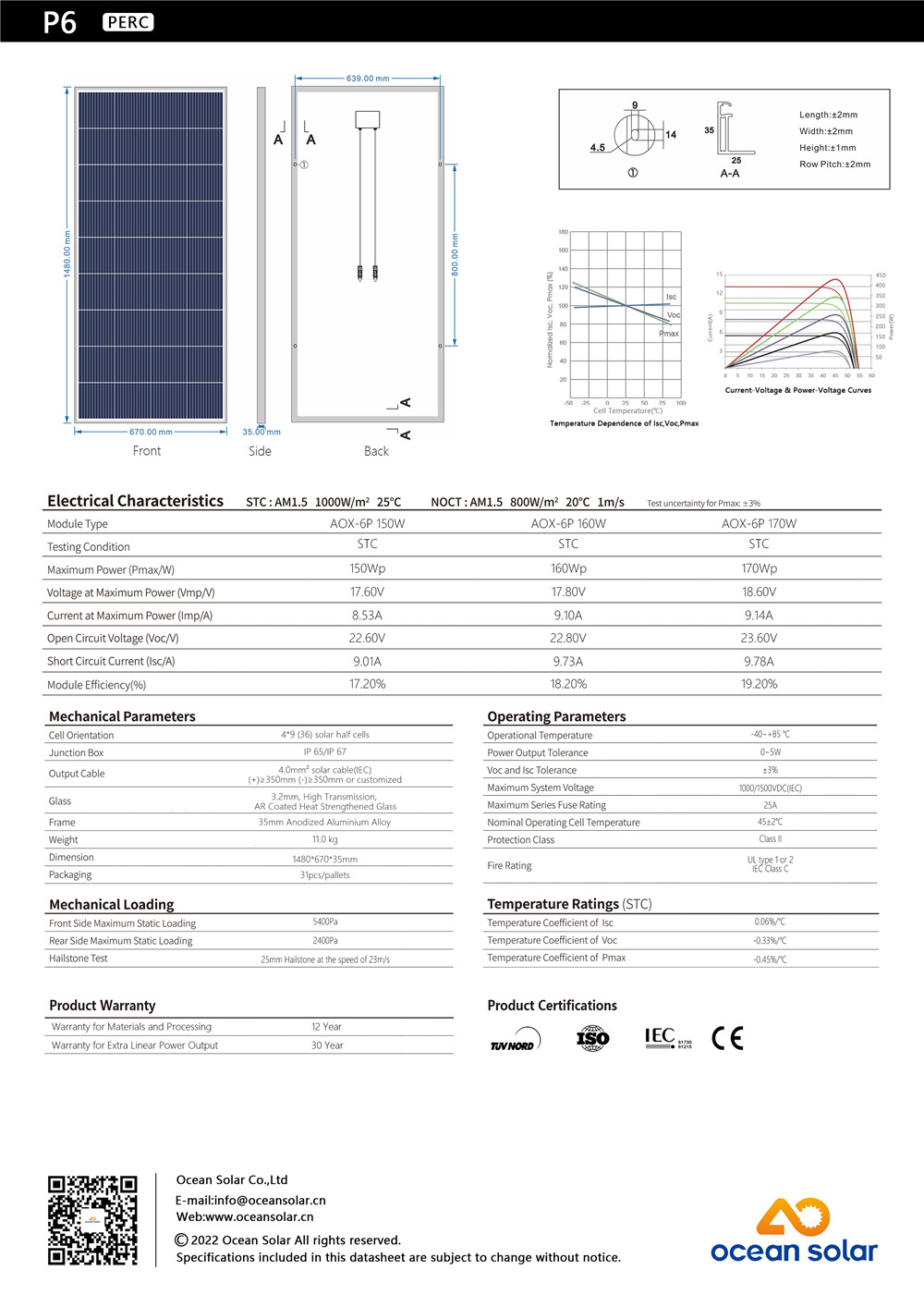
What voltage is a 36 cell solar panel?
The voltage output of a 36-cell solar panel depends on several factors, including the type and efficiency of the cells, the size of the panel, temperature, and the amount of sunlight it receives. Typically, a 36-cell solar panel has a nominal voltage of 12 volts, which means that when conditions are optimal, the panel can provide 12 volts of direct current (DC) power.
However, actual voltage output may vary depending on conditions. For example, when the panel is exposed to full sunlight, it can produce a voltage output of approximately 17 to 22 volts. The voltage also drops when the temperature rises or when parts of the panel are shaded.
To use energy from solar panels, charge controllers are often used to regulate the voltage and current fed to a battery or load. A charge controller ensures that the battery or load is not overcharged or undercharged, which could damage or shorten its lifespan.
In summary, a 36-cell solar panel typically has a nominal voltage of 12 volts, but can produce a voltage output of 17 to 22 volts, depending on various factors.
How many watts is a 36 cell solar panel?
To determine the wattage of a 36-cell solar panel, it is important to consider the efficiency of the cells and the size of the panels. Typically, a 36-cell solar panel will have a power output of between 100 and 200 watts, depending on these factors.
The efficiency of a solar cell refers to its ability to convert sunlight into electricity. The higher the efficiency, the more energy the battery can produce. High-efficiency cells are typically rated at about 20 percent efficiency, while standard cells are rated at about 15 percent.
In addition to the efficiency of the cell, the size of the panel also affects its power output. Generally, larger panels have a higher power output than smaller panels.
Therefore, the wattage of a 36-cell solar panel will vary depending on the efficiency of the cells and the size of the panel. Larger, high-efficiency 36-cell solar panels can produce up to 200 watts, while smaller, standard panels produce less.
It's also important to note that the actual power output of a solar panel may vary depending on the amount of sunlight it receives, temperature, and various environmental factors. Therefore, it is important to consider these factors when designing a solar power system.

